FEATURED
Solanart; the First NFT Marketplace with a Launchpad on Solana
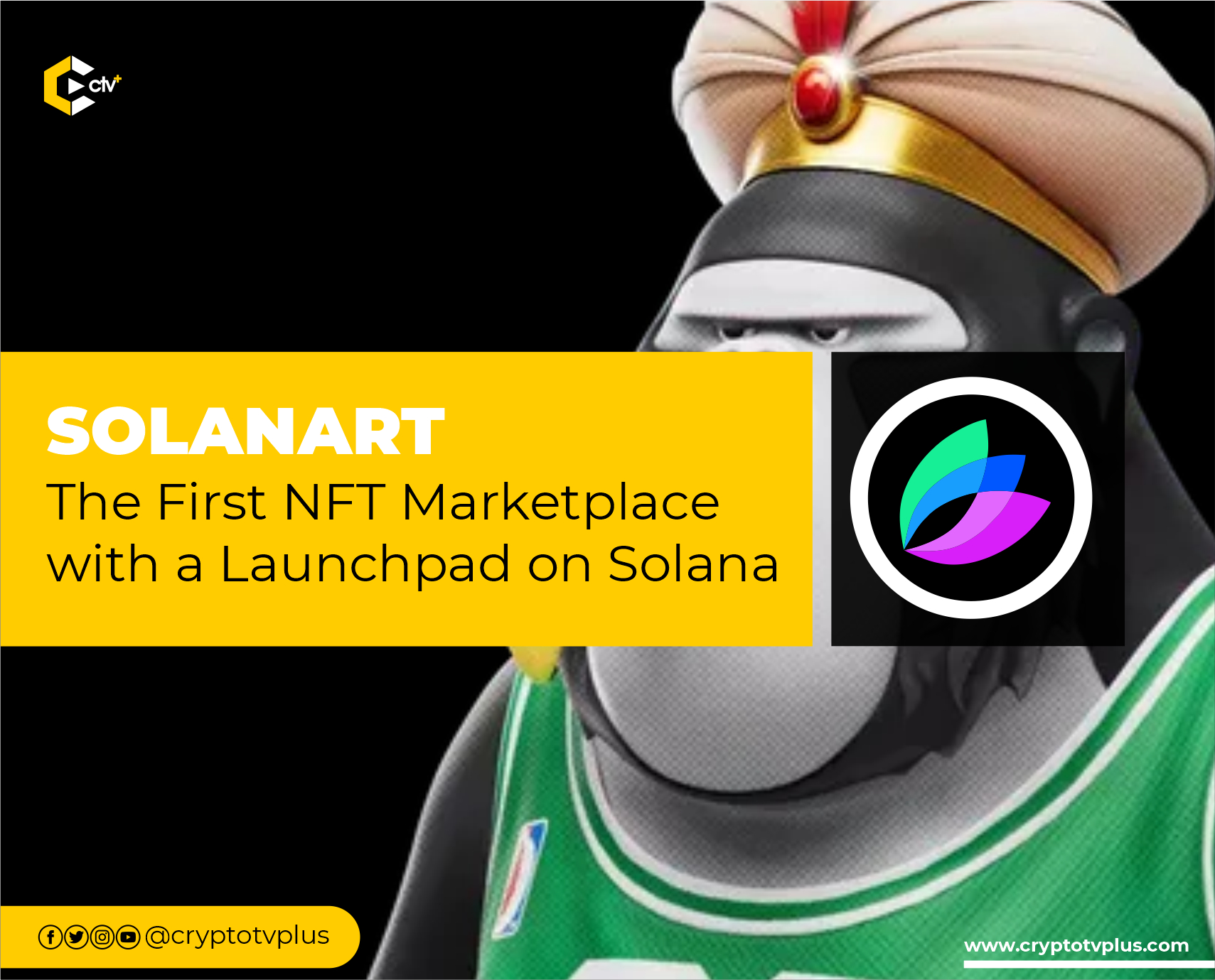
Solana is one of the fastest blockchains with a TPS of 50,000. It has been termed one of the greatest rivals of the Ethereum blockchain. On Solana, developers can deploy dApps for any blockchain solution because it permits smart contract implementation.
It was created in 2017 by Anatoly Yakovenko, a former executive at Qualcomm. Solana is a unique algorithm that combines the proof-of-history (PoH) algorithm with the lightning-fast synchronization engine, a hybrid of proof-of-stake (PoS). And so, as projected, the Solana network should process over 710,000 transactions per second.
NFTs and Marketplace
Blockchain technology gained more mainstream acceptance with the introduction of NFTs. NFTs have given users the ability to own valuable blockchain assets. These assets can come in the form of pictures, audio, videos, and 3D animations used in games and many more applications.
Currently, it’s reported that the total value of all NFT transactions done globally increased by 21,350% – moving from more than $82.5m in 2020 to more than $17 billion in 2021. These NFTs go through marketplaces where they are traded – sold or bought. Some of these marketplaces include OpenSea, Rarible, and SuperRare.
Solanart; Developed on Solana
Solanart is the first and biggest NFT marketplace deployed on Solana. In it, users can buy and sell NFTs designed by different organizations and celebrities.
It was launched in June 2021 to help creators share their work in a trustless marketplace for people to buy as well as sell. The website, Solanart, runs on six innovative technologies to power its activities. These include SPF, Google Apps for Business, and IPv6.
Read this also:
- Is Solana Network better than the Fantom Blockchain?
- Solice Metaverse: Build, Own, Socialize & Monetize Virtual Experiences on Solana
- Panzerdogs: Solana-based P2E Dog Tank Battling Game
How Does Solanart Work
As an artist or an organization that wants to list NFTs on Solanart, it’s important to note that when this is done, the NFT is saved on a “Temporal Account”. This account is owned and controlled by Solanart, and on it, there is a database that records the supposed NFT taking note of the sales record for each time it is traded.
Then, there’s an automatic system that transfers the SOL paid by a buyer for the NFT to the seller and unlocks the NFT to the buyer. It creates a seamless process for all parties involved – seller, buyer, and marketplace.
On Solanart, data is processed and used off-chain and on-chain. “The off-chain data is stored on a database and used to display all the NFTs for sale on the main page, while the on-chain data is used when displaying NFT one by one, or from the ‘My NFTs for sale’ section in the ‘Wallet’ tab,” says the Website. For the sake of having an easy way of sorting all NFTs, based on their attributes, the database had to be used for the main page.
Then, the on-chain data allows a secure and decentralized user experience on Solanart. Although, this is still a challenge because of the restriction on the number of requests that can be made on the Solana network.
Other Features of Solanart
The transaction and ads fee is pegged at 3% and 0.02% of the price of any NFT bought on the marketplace. Unlike other marketplaces, Solanart functions as a decentralized platform.
This means that if you want to list an NFT, you don’t need so much scrutiny for it to be approved, unlike other centralized platforms where creators are restricted. However, users of the platform work with the marketplace to make sure that only authentic utilities are listed.
Solanart also implemented: a system that helps to check NFT ranks; multiple buying for users to buy more than one NFTs at the same time; multiple listing for artists to upload more NFTs at once; launchpad for helping crypto projects to launch; a structure to permit bidding for unlisted NFTs; the trading of .SOL domains in the platform.
Here’s a list of others…
This feature is currently available on:
– @DeGodsNFT
– @FamousFoxFed
– @_portals_
– @BoldBadgers
– @PunksOnSolana
– @GalacticGeckoSG
– @AuroryProject
– @GenesysGo
– @_soulshift
– @DegenApeAcademy— Solanart – Discover, Collect, Trade Solana NFTs (@SolanartNFT) March 11, 2022
Statistics of Solanart
As of January, 600,000 NFT have been sold since its creation!
600 000 NFT have been sold on Solanart since its creation! 🥳
We’d like to thank you all for helping us reach this huge milestone!
1M Next ? 👀 pic.twitter.com/SqG8Kp8jDV
— Solanart – Discover, Collect, Trade Solana NFTs (@SolanartNFT) January 29, 2022
… with more than 800 projects listed on Solanart.
These projects include Solapoly Game and Rarikeys on the launchpad; while Chimp Fight and Mafia Cap are yet to be released.
You can see how to connect a wallet to the Solanart platform here.
What do you think of these articles? Share your comments below.



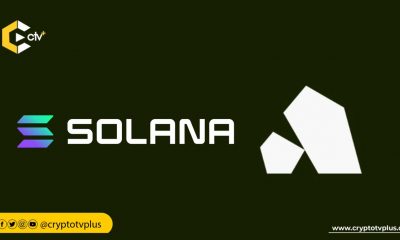

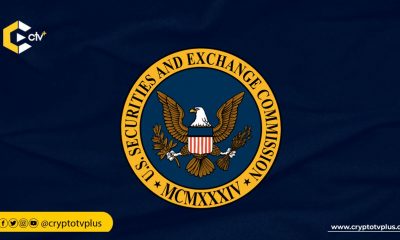

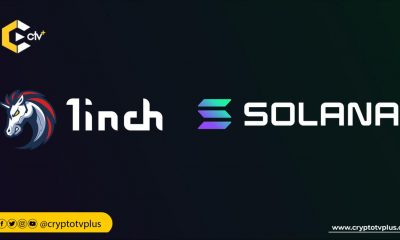

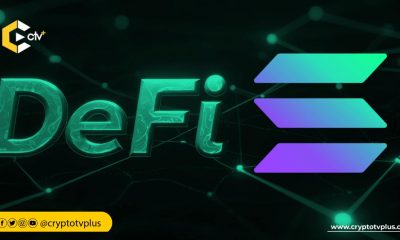

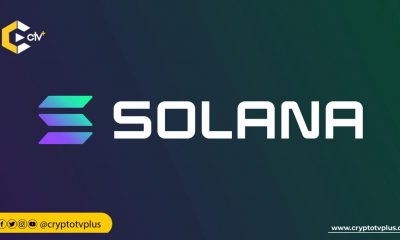











Pingback: Solanart; the First NFT Marketplace with a Launchpad on Solana by Chuks Nnabuenyi Jr – CryptoTvplus Events: NFT, DeFi, Bitcoin, Ethereum, Altcoin Events
Pingback: Dubai Police to Airdrop First Collection of 150 NFTs - CryptoTvplus - Sell Your Car Dubai
Pingback: Outages, Solana's greatest problem, says co-founder | CryptoTvplus: DeFi, NFT, Bitcoin, Ethereum Altcoin, Cryptocurrency & Blockchain News, Interviews, Research, Shows